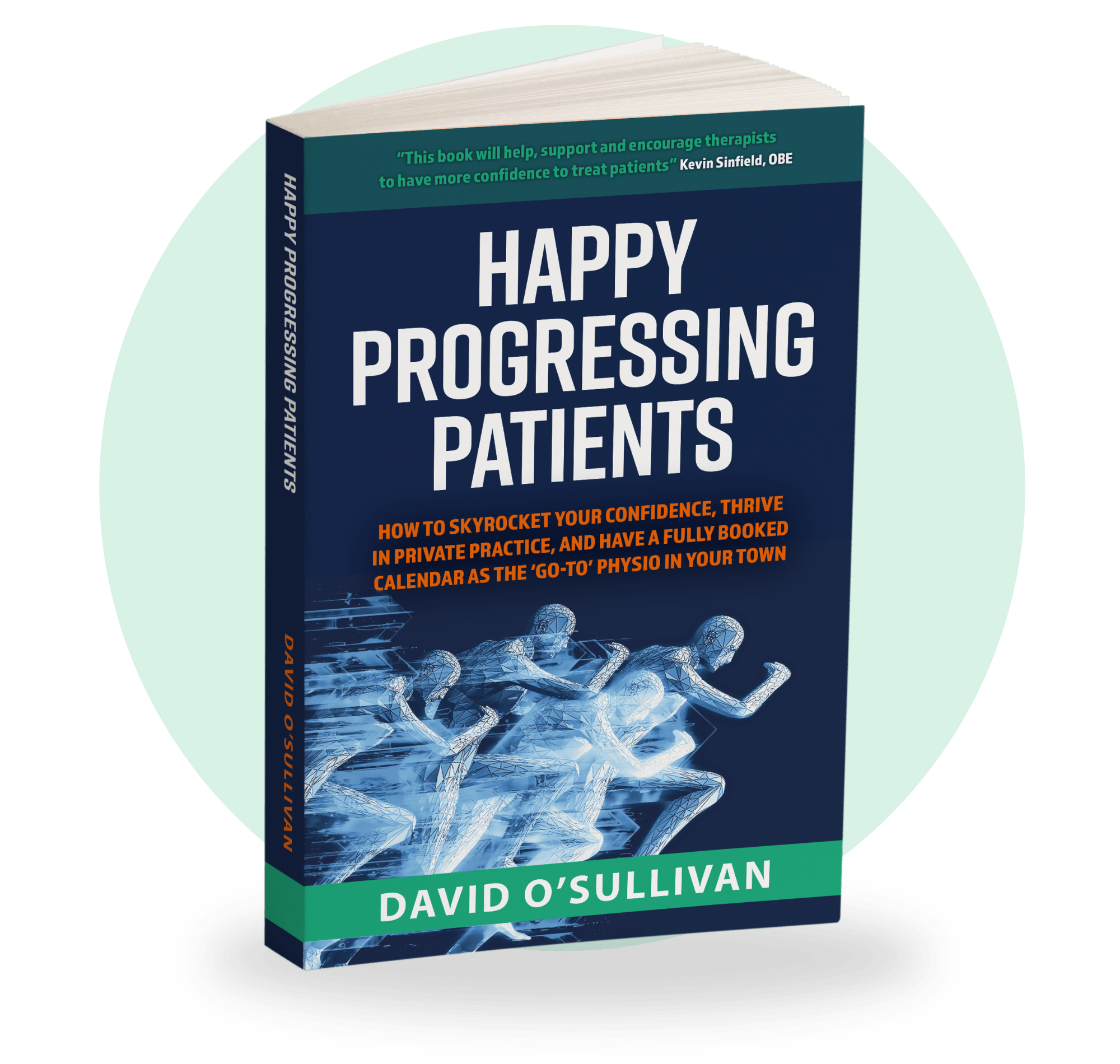
The Importance of the Penultimate Step in Deceleration
In my mentorship I dedicate a whole module to deceleration. I really believe it is that important and that most therapists aren’t taking their patients far enough in this regard. Having the tools to help your patient get really solid with deceleration allows you to differentiate yourself from other physios and get long lasting results.
When I first started to implement these drills I coached a lot of them open. Simple drills like step, step stop over 10-20 meters. These were a great starting point, but they didn’t do enough to mimic deceleration in the real world of sport or day to day life.
Experimenting further, I started to add a coordinative demand by asking my players to stop as close to a target as possible – the sideline or a cone. Something interesting started happening…
Players who looked really good when they didn’t have to stop at a target started to get sloppy. They were falling into the last step and really struggling to decel smoothly. At first I thought it was the stopping leg that was the problem, but taking a step back and watching the movement it became very clear that the 2-3 steps before the stop were extremely important.
When stopping at a target, being able to judge how much force to put through the floor for the last couple of steps is essential for an efficient landing. This is much more transferable to real life where you might sprint for a ball or a player and have to kick or tackle once you get to the target. I’ve found that restoring the ability to do this confidently is very important for conditions such as osteitis pubis, Achilles and patellar tendonitis to make sure the problem doesn’t recur.
Watch the video above to learn about this in a little bit more depth, and as always any questions get in touch!
Get Your FREE Copy Of The Amazon #1 Bestseller That Holds The Secret To Confidently Treating Any Patient!
Download a Free ‘ebook’ copy of the 8-Step ‘World Cup’ Treatment Plan that helped my private patients achieve full recovery and made me a ‘go-to’ physio for complex cases…
